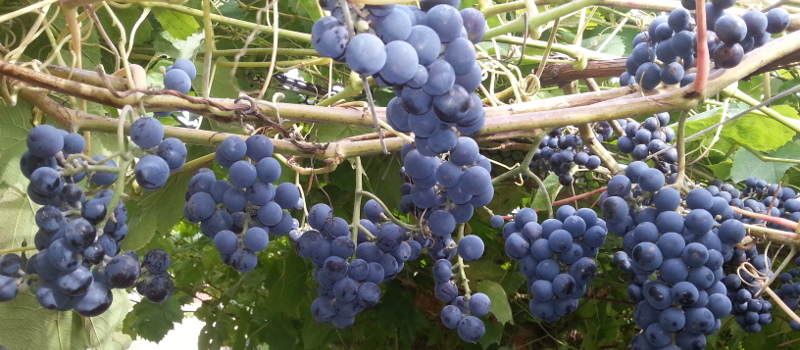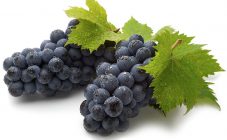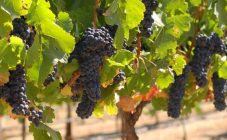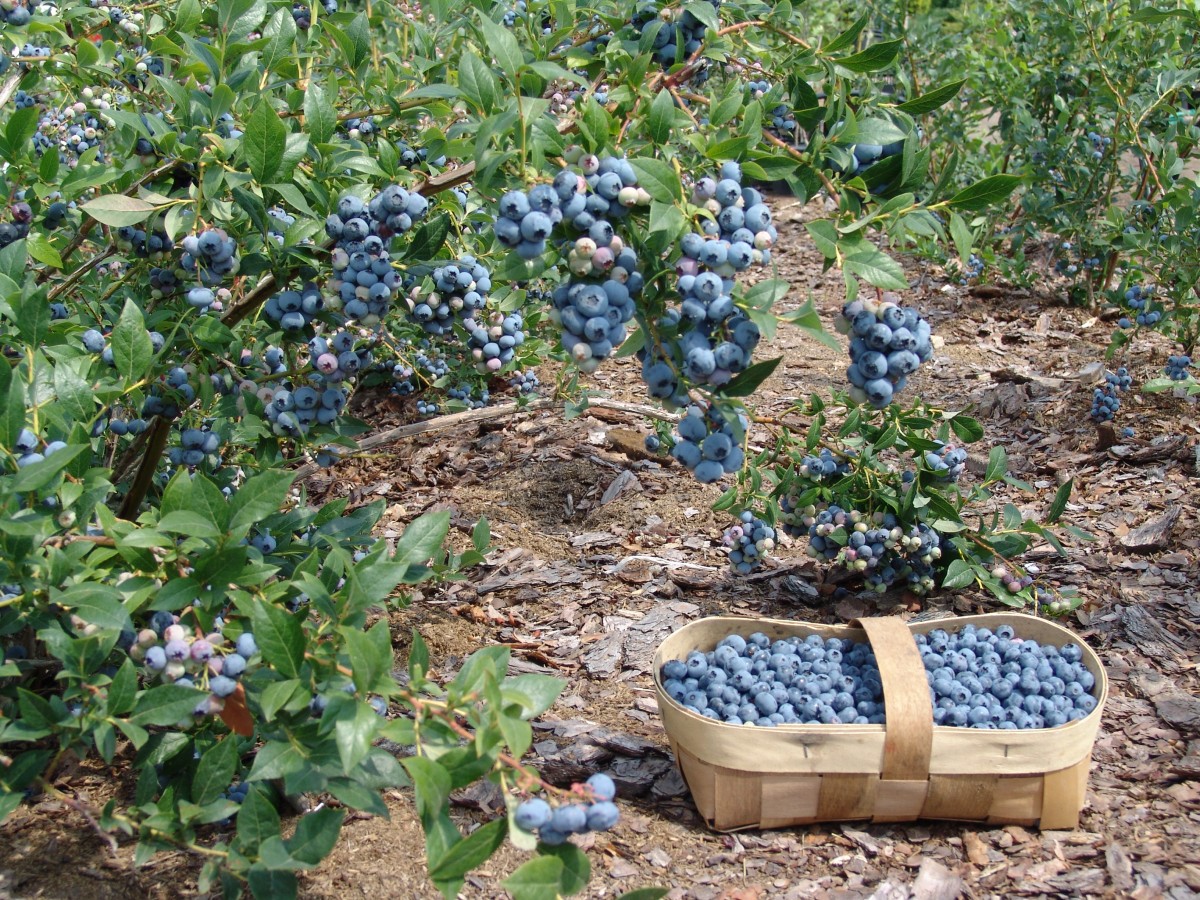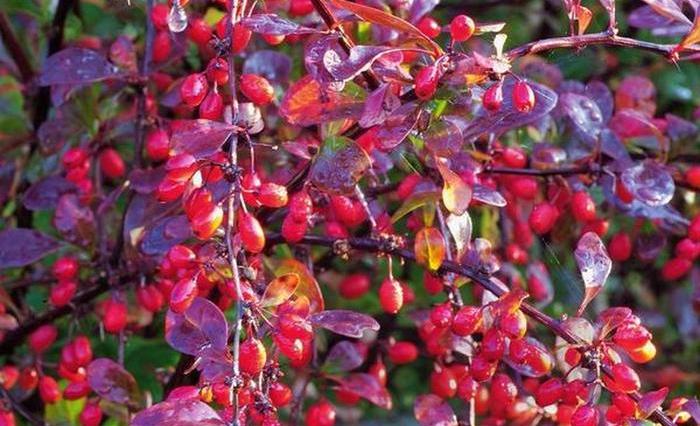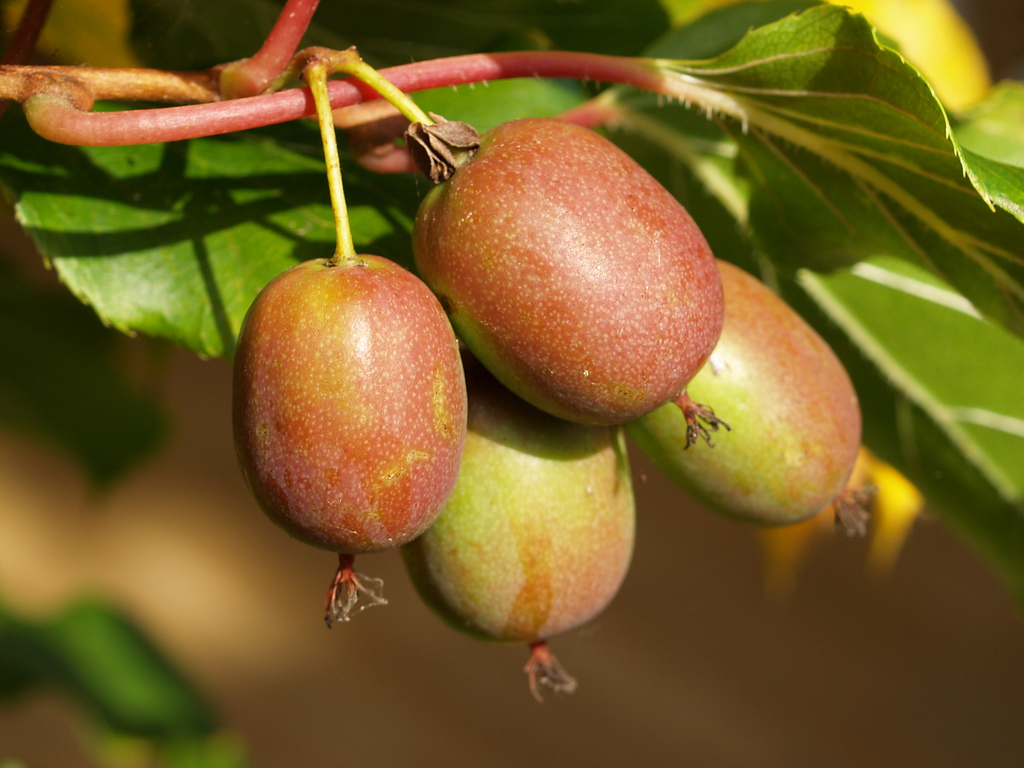Content:
Growing grapes is not a tricky business when it comes to the southern regions. And what should summer residents of the northwest do? Surprisingly, even here you can harvest these berries, albeit not on a large scale. To do this, you need to find out the features of how to grow grapes in the Leningrad region (planting and care).
Climate of the region
The northwestern part of Russia is highly cloudy. On average, this region has only 30 clear days per year. The Leningrad region is characterized by excessive moisture... Air humidity is increased (about 60% in summer and up to 85% in winter). There is also a lot of precipitation (about 600 mm per year). Most of them are snow.
- The first half of winter is much warmer than the second. In the east of the region the average temperature is -10 ° С, in the west -6 ° С. Snow cover lies on average 127 days in the southwest and 155 days in the northeast.
- Spring in the region comes at the end of March, when the amount of snowfall begins to decrease. This is typical for the western part of the Leningrad region, in the east the snow usually melts in April. Spring develops slowly: an average daily temperature of 5 ° C usually occurs only at the end of April. Frosts are possible (at night), which can be not only in May, but even in June.
- Summers are moderately warm. It rains often. The hottest month is July with an average temperature of 18 ° C.
- Autumn is characterized by more frequent frosts, but September is still warm and dry. From October, a sharp drop in temperature begins, the weather becomes cloudy with frequent rains and fogs. Snow begins to fall as early as late October, but dense snow cover remains only from November. At this time, the average daily temperature drops below 0 ° C.
The main area of the Leningrad Region is occupied by podzolic soils. There is very little humus in them, therefore, useful substances for plants are not enough. In this regard, a characteristic feature of the soils of this region is high acidity. The most fertile soils (sod-calcareous) on the territory of the Izhora Upland.
Despite the not entirely favorable climate of the northwest, grape cultivation is possible here. The soil can be improved and the best conditions chosen for the vineyard.
Features of planting grapes for the northwest
Growing grapes requires certain skills and knowledge. But, even if you are not a winegrower, everything will work out.
Experience will appear in the process of growing, andtheoretical part can be gleaned by reading the article to the end.
- It is recommended not to plant the seedlings immediately, but to leave them outside for several days right in the container. First you need to put in the shade, then transfer it to partial shade, and only then to a sunny place. Thus, the plant gradually gets used to new conditions. You can plant grapes after the end of the spring frost and until the cold autumn.
- For planting grapes, you need to choose a sunny place on a hill. An excellent option would be to land near the wall of the house. Thus, the grapes will have where to weave. Also, a plus will be that the wall, having heated up during the day, will give off its heat at night. In addition, it is simply very beautiful at any time of the year.It should also be borne in mind that the landing site must be protected from drafts.
- It is better to plant a grape seedling in black soil or forest soil. For more looseness of the soil, you can add sand. The humus layer should be at least 60 cm deep, preferably 1 m.
- Outdoor varieties should be covered with a special material in early May, even if the variety is not covered. It is also better to cover the plant for the winter, especially after pruning it is easy to do this. A good way is to cover it with a wooden box. You can make a canopy out of polycarbonate. Another option is to bend the plants to the ground, cover with foil and sprinkle with earth. It will turn out to be a kind of greenhouse, which will be covered with snow in winter. This is an excellent protection against severe frost. The shelter can be removed in the spring, when the snow begins to melt, but it is better to wait until the end of the frost.
- Every year, you need to prune the bushes (starting from the first year) according to this principle: immediately after planting, the shoot is cut into two buds, from which two shoots will grow. For pruning a plant, a pruner, a garden saw, a knife, a garden var are suitable.
- In the fall, in the first year after shedding the leaves, one shoot is cut into two buds (in the future it will be a replacement knot), and the second into 8-10 buds (fruit vine). Next year, two shoots will grow from the replacement bitch again. With them, you should repeat the pruning, as in the previous fall. If flower brushes appear on the fruit vine, it is better to leave 2-3, and cut off the rest.
- In the fall, the entire fruit vine is cut out. The grapes begin to bear fruit in 3-4 years.
- In preventive measures, each pruning should be accompanied by treatment of the plant from parasites and various diseases. Treatment is carried out as needed.
Which variety should you choose
Recently, amateur gardeners and professionals have begun to show particular interest in planting and growing grapes in St. Petersburg, Leningrad Region. The cultivation of this culture in these places became possible thanks to the work of breeders. They have developed grape varieties that are resistant to difficult climates. Now viticulture is possible in the north-west of the country. The correct option for planting will be frost-resistant grape varieties, the ripening period of which is early or very early (so that it bears fruit in mid-late August).
For open ground, the following are better suited:
- Aglaya- Green grapes. Dense bunches weighing up to 0.4 kg. The berries are medium in size and taste delicious. It is unpretentious in care and resistant to low temperatures.
- Amursky differs not only in resistance to frost, but also to fungal diseases. It tolerates transplants well and easily adapts to new conditions. This grape is often compared to a wild one: outwardly, the variety resembles a wild liana in the fall, the leaves acquire a bright red color.
- Zilga can be grown without shelter for the winter. It is also resistant to diseases of powdery mildew and gray mold. Unpretentious to the composition of the soil. The variety is planted in spring or autumn. Needs support, as it has great growth strength. This variety is characterized by early ripening of berries. They are blue in color, cylindrical in shape and have excellent taste. Ripe fruits can remain on the bushes for a long time without losing their presentation.
- Muscat Nina- technical table variety, which is suitable for making wine. The fruits have a yellow-golden hue, the skin is thin, the pulp is juicy with a nutmeg aroma. This variety has good adaptive properties and is resistant to diseases and frosty winters. The yield is stable, ripening up to 90%.
- Supaga- universal Baltic variety, resistant to frost down to -25 ° C. He has good resistance to diseases, unpretentious to weather conditions. The vine is dense, the berries are green with a thick skin. The taste is sweet, like honey and resembles the Isabella variety.Self-pollinated flowers.
The following varieties are suitable for growing in greenhouses:
- Arcadia- table grape variety with high yield and early ripening. The fruitfulness of the shoots is on average 60-70%, the weight of the bunch is 0.6 kg. Fruits are round, golden in color. The variety is unpretentious, withstands frosts down to -22 ° C, with a stronger decrease, it must be covered with a film.
- Kishmish radiant requires moderate watering, it is better to make drip irrigation for it. Has a weak frost resistance, you need to cover for the winter. Needs good pruning. The color of the berries is pink (sometimes crimson). Taste with nutmeg aroma, sweet. The main advantage of the variety is that its berries are pitted.
- Laura has powerful shoots (fruiting up to 90%), small bushes. The grape has a high taste. The variety is early maturing. Able to withstand temperature drops to −25 ° C. There is no immunity to some fungal diseases. Suitable for making sweet dessert wine.
After reading this article, you can safely engage in the cultivation of grapes even in the northern region. Observing the simple recommendations described above, and choosing suitable grape varieties for the Leningrad Region, any summer resident will be able not only to decorate his plot with a beautiful liana, but also to harvest sweet berries annually. From these fruits, you can make not only wine or jam, but also prepare grape juice for the winter.

